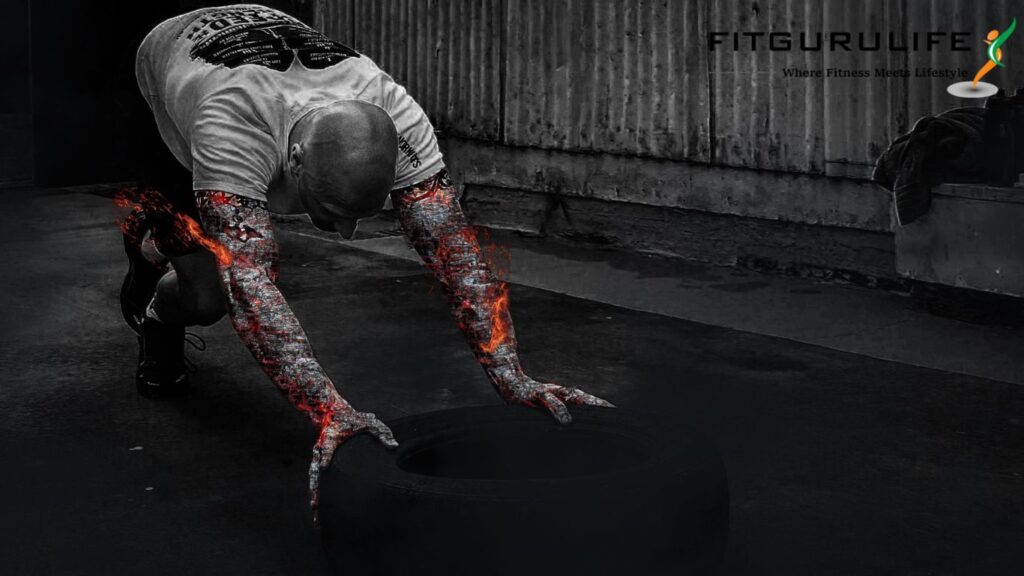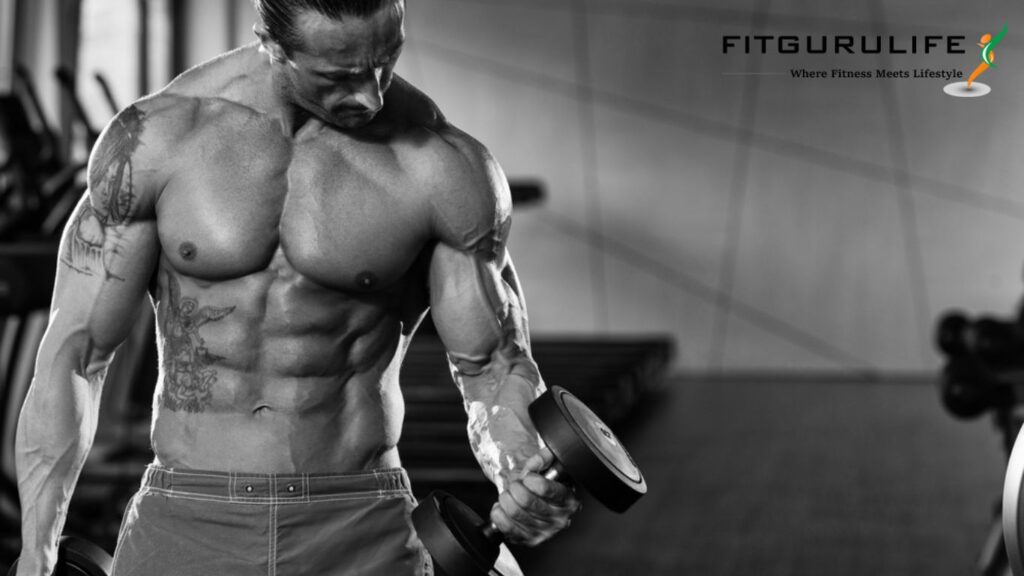Testosterone, often dubbed the “male hormone”, is a naturally occurring steroid hormone in our bodies that plays a crucial role in a myriad of physiological processes. Among the numerous attributes ascribed to testosterone, one that draws particular interest – especially in the fitness and bodybuilding communities – is its contribution to muscle growth. So, how does testosterone actually fuel muscle development? Let’s delve into the captivating science behind it.
Understanding Testosterone: More Than Just a “Male” Hormone
While testosterone is indeed more abundant in males and is responsible for primary and secondary male sex characteristics, it’s essential to note that it’s also present in females, albeit in lower quantities. In both genders, testosterone is pivotal for sexual function, bone health, mood regulation, cognitive function, and, importantly for our topic, muscle growth.
The Physiology Behind Muscle Growth: An Overview
Before diving into testosterone’s role, we need a basic understanding of how muscles grow. Muscle growth, or hypertrophy, arises mainly from resistance training that results in microscopic damage to the muscle fibers. This “damage” instigates a repair process where the body mends these fibers, making them larger than before. This repair is facilitated by a delicate interplay of hormones, nutrients, and cells, with testosterone being one of the central players.
Testosterone and Muscle Protein Synthesis

Muscle growth is fundamentally about protein dynamics – the balance between muscle protein synthesis (building) and muscle protein breakdown (degradation). For growth to occur, synthesis must exceed breakdown.
Testosterone augments muscle growth by:
- Enhancing Muscle Protein Synthesis: Testosterone boosts the body’s ability to increase protein synthesis, leading to faster regeneration and enlargement of muscle fibers.
- Suppressing Muscle Protein Breakdown: While its primary action is on synthesis, testosterone also slightly reduces the breakdown process, ensuring the balance leans more toward growth than degradation.
Role of Testosterone in Satellite Cells and Muscle Repair
Apart from direct action on protein synthesis, testosterone aids in muscle repair through satellite cells. These are a kind of “reserve” cells that lie dormant around muscle fibers and activate upon injury or strain. Once activated, they multiply, move to the damaged site, and fuse to existing fibers, aiding in repair and growth.
Testosterone elevates the number of satellite cells, amplifying the muscle’s ability to repair after strenuous workouts. The increased presence of satellite cells means more significant muscle growth, improved recovery, and enhanced performance over time.
Androgen Receptors: The Key to Testosterone’s Muscle-building Magic
The effects of testosterone on muscle aren’t direct. They work through intermediaries known as androgen receptors (AR). Located in various tissues, including muscles, these receptors are proteins that bind testosterone (or other androgens). Once bound, the testosterone-receptor complex moves into the cell nucleus and influences DNA transcription, leading to protein synthesis.
An increase in androgen receptors can amplify testosterone’s effects. Resistance training has been shown to boost the density of ARs in muscles, meaning regular training makes muscles even more responsive to testosterone, enhancing its muscle-building properties.
Testosterone and Post-workout Recovery

Muscle building isn’t just about what happens during a workout but also about post-workout recovery. Inflammation and oxidative stress can slow down recovery. Testosterone, with its anti-inflammatory properties, can reduce post-exercise inflammation, facilitating quicker recovery. This rapid recovery allows for more frequent training sessions, leading to accelerated muscle growth.
Natural Ways to Harness the Power of Testosterone for Muscle Growth
- Dietary Considerations: Consuming a balanced diet rich in zinc, vitamin D, and omega-3 fatty acids can potentially support optimal testosterone levels.
- Sleep: Adequate sleep is paramount. Testosterone production follows our circadian rhythm, with peak secretion during sleep.
- Limiting Stress: Chronic stress elevates cortisol, a hormone that can lower testosterone. Managing stress through meditation, exercise, and relaxation techniques can be beneficial.
- Regular Resistance Training: As discussed earlier, resistance training not only triggers muscle growth but also boosts testosterone production and receptor density.
Conclusion: A Symphony of Processes

The journey of muscle building, with testosterone as one of its maestros, is a complex symphony of processes. Testosterone’s multifaceted role – from boosting protein synthesis and aiding satellite cell activation to enhancing recovery – underscores its pivotal contribution to muscle health.
However, it’s essential to view testosterone not in isolation but as part of a broader hormonal and physiological network. Over-reliance on its supplementation, without understanding the holistic picture, can have adverse effects. Instead, focusing on natural ways to maintain optimal testosterone levels, coupled with a balanced exercise regimen, is the key to sustainable and healthy muscle growth.
Remember, while testosterone is indeed a potentially in the quest for muscle growth, it’s the combination of consistent training, balanced nutrition, adequate rest, and a holistic understanding of our body’s intricate mechanisms that truly unlocks the potential for robust and resilient muscles.
